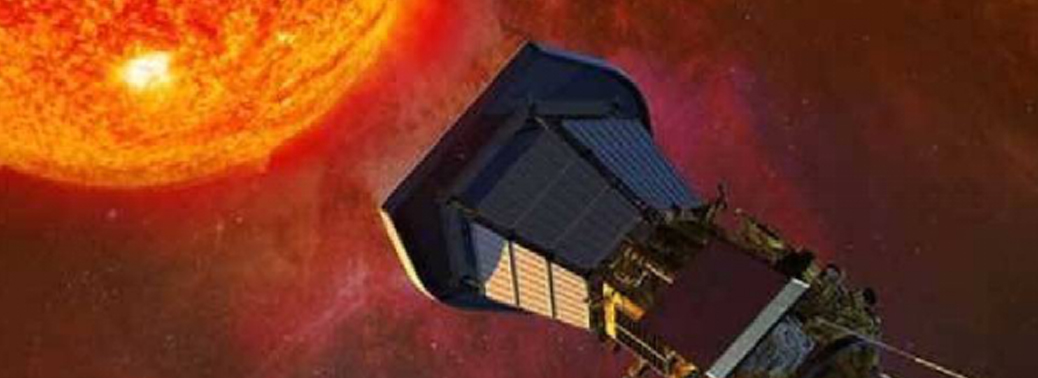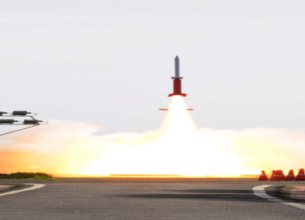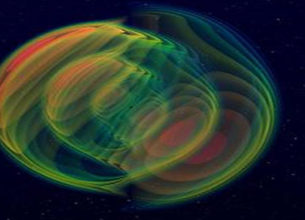ADITHYA L-1 MISSION
20, Feb 2020

Prelims level : Space Technology
Mains level : GS-III Awareness in the fields of IT, Space, Computers, Robotics, Nano-Technology, Bio-Technology and Issues Relating to Intellectual Property Rights.
Why in News?
- The Indian Space Research Organisation (ISRO) is also preparing to send its first scientific expedition to study the Sun. Named Aditya-L1, the mission, expected to be launched early next year, will observe the Sun from a close distance, and try to obtain information about its atmosphere and Magnetic Field.
Highlights:
- Earlier this month, 47 new papers were published in a special supplement of The Astrophysical Journal, analysing data from the first three flybys of the Parker Solar Probe, NASA’s historic mission to the Sun.
- ISRO categorises Aditya L1 as a 400 kg-class satellite, that will be launched using the Polar Satellite Launch Vehicle (PSLV) in XL configuration. The space-based observatory will have seven payloads (instruments) on board to study the Sun’s corona, solar emissions, solar winds and flares, and Coronal Mass Ejections (CMEs), and will carry out round-the-clock imaging of the Sun.
- The mission will be undertaken in collaboration between various labs of ISRO, along with institutions like the Indian Institute of Astrophysics (IIA), Bengaluru, Inter University Centre for Astronomy and Astrophysics (IUCAA), Pune, and Indian Institute of Science, Education and Research (IISER), Kolkata.
- Aditya L1 will be ISRO’s second space-based astronomy mission after AstroSat, which was launched in September 2015.
- What makes a solar mission challenging is the distance of the Sun from Earth (about 149 million km on average, compared to the only 3.84 lakh km to the Moon) and, more importantly, the super hot temperatures and radiations in the solar atmosphere.
Importance of Solar Mission:
- The solar weather and environment, which is determined by the processes taking place inside and around the sun, affects the weather of the entire system.
- Variations in this weather can change the orbits of satellites or shorten their lives, interfere with or damage onboard electronics, and cause power blackouts and other disturbances on Earth.
- Knowledge of solar events is key to understanding space weather. To learn about and track Earth-directed storms, and to predict their impact, continuous solar observations are needed.
- Every storm that emerges from the Sun and heads towards Earth passes through L1, and a satellite placed in the halo orbit around L1 of the Sun-Earth system has the major advantage of continuously viewing the Sun without any occultation/eclipses.
- Aditya L1 will perform continuous observations looking directly at the Sun. NASA’s Parker Solar Probe has already gone far closer, but it will be looking away from the Sun.
- The earlier Helios 2 solar probe, a joint venture between NASA and space agency of erstwhile West Germany, went within 43 million km of the Sun’s surface in 1976.
Lagrange Point:
- L1 refers to Lagrangian/Lagrange Point 1, one of five points in the orbital plane of the Earth-Sun system. Lagrange Points are positions in space where the gravitational forces of a two-body system (like the Sun and the Earth) produce enhanced regions of attraction and repulsion.
- These can be used by spacecraft to reduce fuel consumption needed to remain in position. The L1 point is home to the Solar and Heliospheric Observatory Satellite (SOHO), an international collaboration project of NASA and the European Space Agency (ESA).








